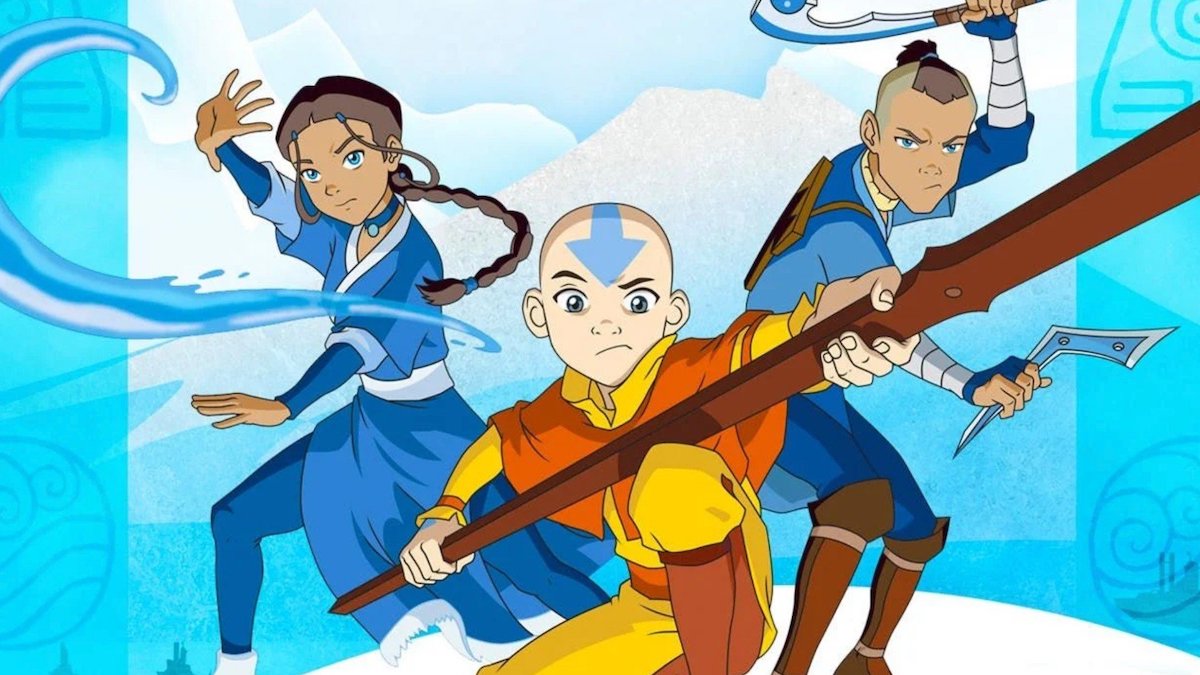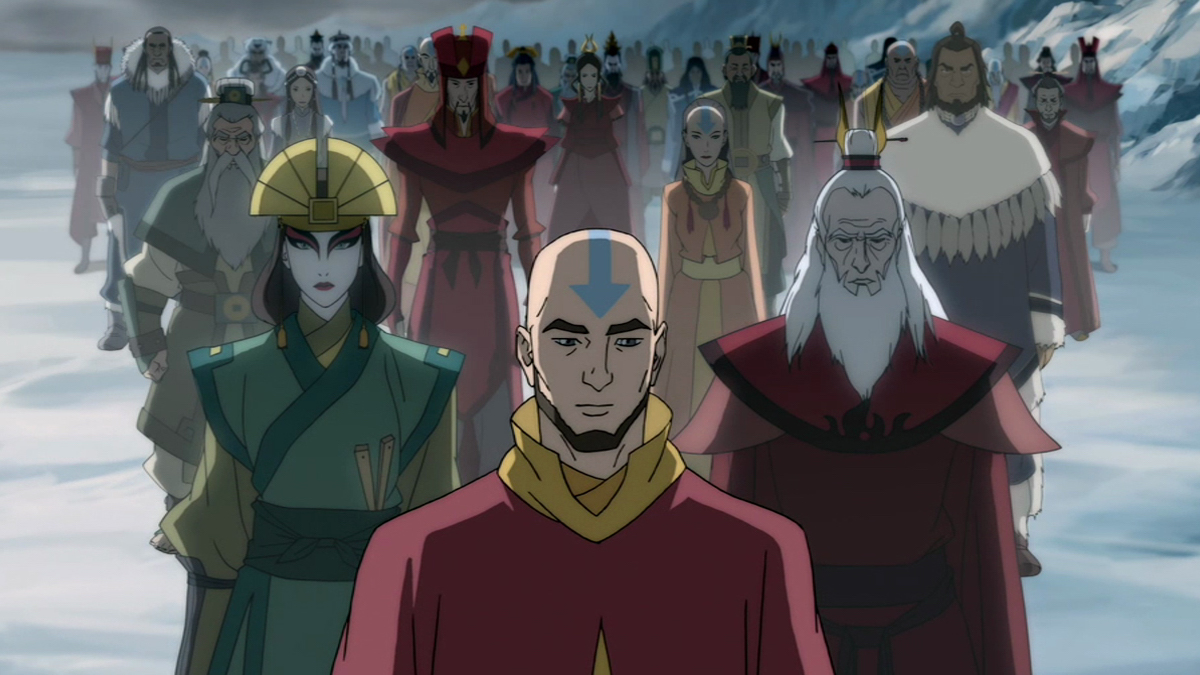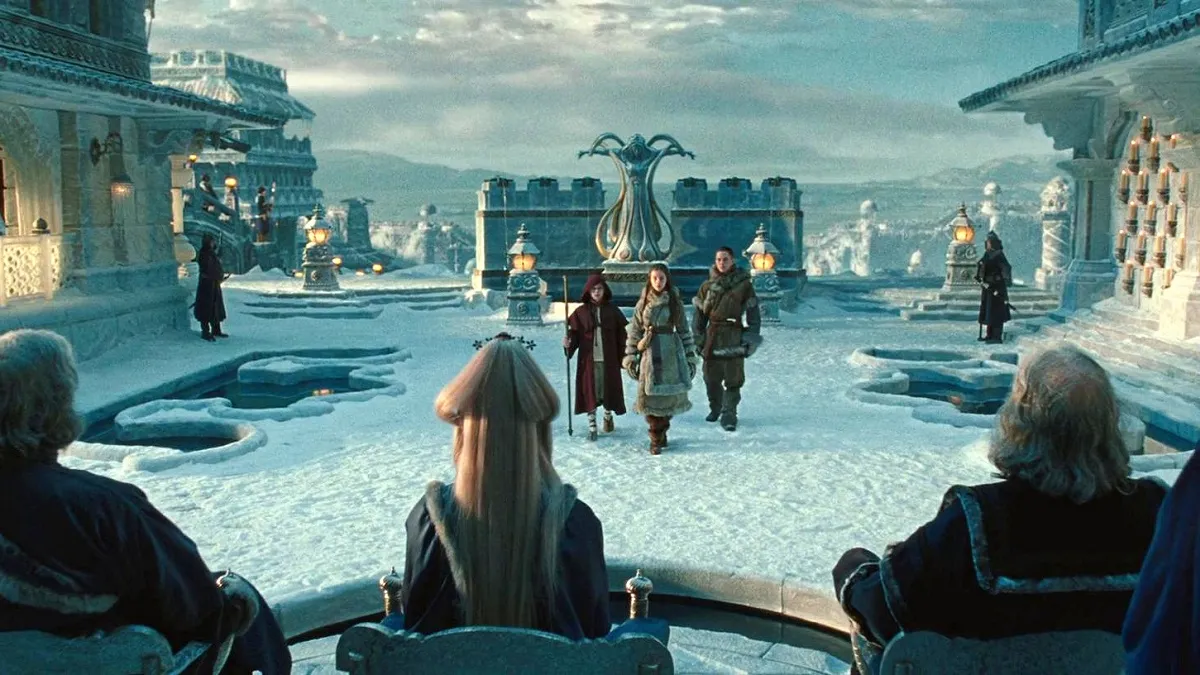Avatar: The Last Airbender is currently slated to receive a new, live-action adaptation over at Netflix. This isn’t the first time the series is wading into the territory, though – M. Night Shyamalan infamously adapted the series onto the big screen back in 2010, to notoriously poor results.
Across the internet, users might have noticed that The Last Airbender is often called one of the worst films of all time. As its poor box office shows, however, the film likely has not been seen by most people. So what’s the big deal? Why did this less-than-average adaptation of a children’s cartoon end up appearing on similar lists as Battlefield Earth, The Room, and Howard the Duck? Here’s a list of everything that went wrong.
Accusations of Whitewashing

Avatar: The Last Airbender takes places in a fantasy world heavily inspired by Asiatic cultures (alongside some Indigenous cultures). Just as Game of Thrones features a fantastical world based on medieval Europe and especially England, Avatar: The Last Airbender is set in a world that draws heavily on periods and locations such as Tang Dynasty China, imperial Japan, Mughal India, and many, many more cultures from Asia.
Though the characters are animated, it has been widely suggested that Asian actors should be considered for these roles because of the dearth of opportunity they usually face in Hollywood. To take these real-world cultures and use them to inspire a fantasy world – and then not include the actual peoples of those areas and cultures as representation – would be downright offensive.
That’s exactly what Shyamalan ended up doing, however. The three main protagonists of the film, Aang (Noah Ringer), Katara (Nicola Peltz), and Sokka (Jackson Rathbone), were portrayed by Caucasian actors. In the cartoon, Aang comes from the Air Nomads, a people based on Tibetan Buddhist monks, while Katara and Sokka come from the Water Tribes, whom are based on the Inuit. East Asian actors were largely ignored for larger parts, and generally appear only in the background.
Some also lobbied criticisms of colorism at the film. The anti-hero of the cartoon, Prince Zuko, is from the Fire Nation – inspired by Japanese, Thai, and other sources. He spends the first film as an out-and-out villain, however, and here, he’s played by Dev Patel. The cartoon was praised for its inclusion of characters of color, but the film predominantly cast white or light skinned actors in the heroic roles. Elsewhere, while its antagonists were fair-skinned in the show, characters from the Fire Nation were predominantly cast as people of color in the film. This, coupled with the whitewashing controversy, didn’t inspire much confidence in the film before its release.
Master of all four dance styles
Another major complaint fans had about the film surrounded the film’s choreography. Avatar: The Last Airbender made sure to have martial artist consultants on hand so that its animators had a point of reference for the various bending battles that take place throughout the series.
The results speak for themselves. Avatar: The Last Airbender‘s animation and fights are still ranked among some of the best in the industry – impressive, considering the franchise is creeping up on its twentieth anniversary in a few years. Its sequel series, The Legend of Korra, only improved on the animation and choreography, with its inclusion of newer fighting styles like MMA bringing in new dimensions to the franchise.
The Last Airbender represented a huge step back in this department. Rather than presenting bending as martial arts, it’s more like the actors are just flailing their arms around. More than one critic has compared the action in the film to post-modern dance.
This leads to some incredibly baffling action sequences. At one point, it appears that a group of Earthbenders are performing a synchronized dance just to make a single boulder slowly fly past the screen. That sequence is actually a cinematography error, but that doesn’t make it much better.
Bending, in general, is not given the focus or care that’s present in the animated series. Not only are the battles far less dynamic, they’re also less powerful. Firebending is weakened in the film so that the power can only control an already-existing flame, rather than conjuring it. Meanwhile, the big climax of season 1 of Avatar: The Last Airbender features Aang merging with a giant spirit, performing a visually impressive – and just plain cool – display of Waterbending. The live-action film changes this to a far-less-impressive tsunami.
Mischaracterizations

Avatar: The Last Airbender is famous for its character arcs, which kept all of our fan-favorites consistent, defined, and real. It’s natural that fans became attached to their characterizations, and they were severely let down when they saw the film, which chose to go in a wildly different direction for some of them.
As presented in the series, Aang is a young boy struggling to enjoy what’s left of his childhood, despite the weight of the world on his shoulders. Aang can be serious when the time calls for it, but his freedom and joy is an integral part of his character. In the film, he’s a fairly dour, uninspiring character. In the cartoon, Katara is a strong young girl whose tenacity saves the day on many occasions – the fact that her mother died saving her life as a child meant that Katara had to grow up quickly, giving her a maternal side despite her young age.
In the film, she’s essentially a non-entity, existing only to give Aang a love interest. One of her most notable moments, in which she inspires a prison ship full of Earthbenders to riot, is given to Aang instead. And for some reason, these Earthbenders are instead moved from a ship to a rock quarry, where they should easily be able to snuff out any fires their captors have and defeat them in battle.
That’s not to forget Sokka: in the cartoon, he’s the comic relief. In the film, he’s more like an ever-looming background character. The character himself jokes that he’s all about “meat and sarcasm” in the show, but the film appeared to struggle to portray him in a faithful manner.
There is a noble effort to further characterize Fire Lord Ozai in the film, where he’s portrayed by Cliff Curtis. Unfortunately, the effort results in Ozai losing much of his menace and intimidating aura. In the cartoon, Ozai is seen only as a shadowed, faceless man until the third season, making him seem like a mythical villain. The film goes in the opposite direction and shows far too much of the evil overlord.
Stripped of spirituality

Most animation geared towards children tends to avoid spirituality, which can be a touchy topic to cover. Avatar: The Last Airbender excels at including spirituality into its foundations in a completely organic manner. Eastern philosophy can be found at all levels of the series: the concept of an Avatar, as presented in the show, is based on Buddhist and Hindu ideas.
Matters of grief, death, loss, and mourning are also woven throughout, with the inciting incident of the series being the genocide of Aang’s people. These moments are touching and given the emotional care and depth they deserve; when Katara faces her mother’s killer, for instance, she does not forgive him, but chooses not to kill him either. When that episode ends, her grief over the loss of her mother still lingers – things don’t resolve themselves in just 20 minutes. In fact, The Legend of Korra makes it clear that the characters hung on to much of their trauma throughout the rest of their lives.
The film does not go into these deeper concepts. While Aang’s loss is adapted in the film, his coming to terms with his grief is ultimately accomplished through the ideals of his people – ideals like forgiveness, reincarnation, and more, were central to Aang being able to accept that he was the last Airbender. Aang’s internal struggle isn’t nearly as complex in the film, and his forays into the Spirit World are far more surface-level and lacking in any form of characterization.
In the cartoon, the Spirit World is a place of wonder and mystique. It is a place where spirits reside separately from mortals, but it isn’t a peaceful Eden – spirits such as Koh, the Face Stealer, are highly dangerous. The film omits these fantastical elements and essentially chooses to adapt the spirits as one character: an enigmatic dragon. This character exists in the cartoon, where he serves as the mount for Avatar Roku – Aang’s previous life. Roku is cut entirely from the film, depriving the narrative of an important aspect of the series.
The Last Airbender will probably never shed its sullied reputation, but it serves as an important lesson in what not to do in an adaptation. Luckily for fans, it does look like Netflix is listening: in addition to a commitment to a culturally diverse and accurate cast, its crew is composed of fans of the animated series. Actress Yvonne Chapman, who plays Kyoshi in the live-action series, has also assured fans that they’re in safe hands. Though the series has no release date just yet, it sounds like fans can stay optimistic about future installments of the franchise.










Published: May 23, 2023 06:25 pm